Samsung Galaxy Watch: the premier Android smartwatch?
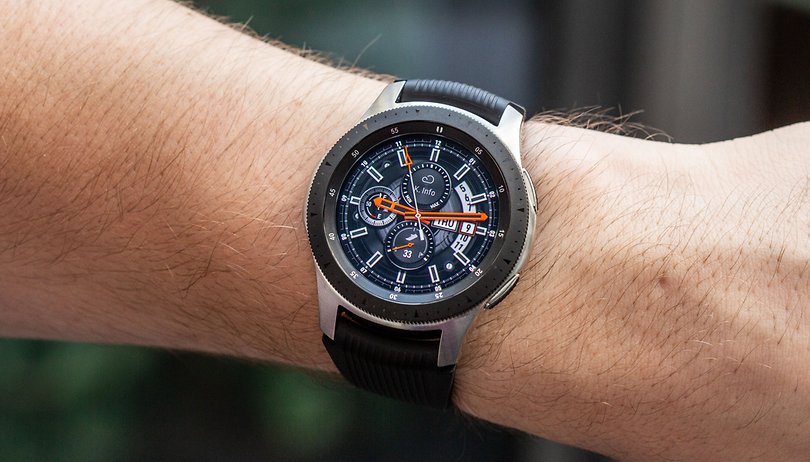

The Samsung Galaxy Watch is the successor to the Gear S3. A larger battery, numerous new software features and a version for narrower wrists are its biggest innovations. But is that enough to give users an incentive to buy the new device? Find out in our full review!
Good
- Great battery life
- Fast operating system
- Numerous functions
- Good workmanship
Bad
- Limitations without a Samsung smartphone
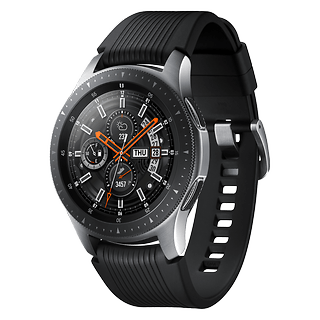
Available for less than $400
The Galaxy Watch is available in three versions from Samsung itself and from various online retailers and phone providers. The larger model with 46mm housing is available exclusively in silver and costs $350 for the Bluetooth version. The LTE version will cost $399. The cheapest way to travel with a Galaxy Watch is with the 42mm version, which costs $330 without LTE and $399 with the increased connectivity. The smaller Galaxy Watch is only available in ‘Midnight Black’ and ‘Rose Gold’. LTE connectivity in the US is currently only offered by T-Mobile.
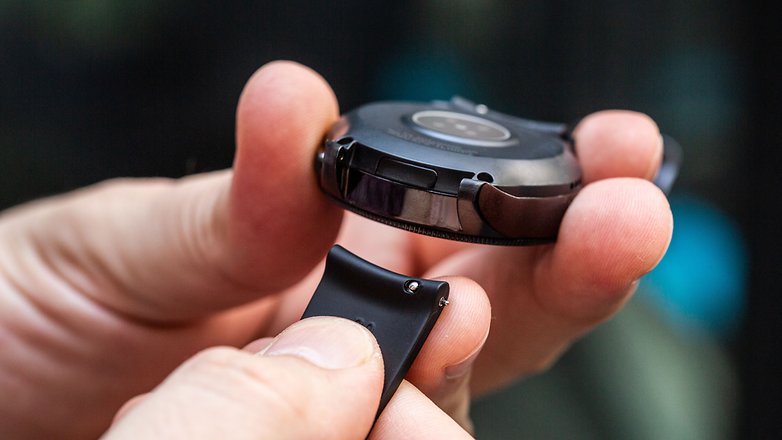
The Galaxy Watch comes with a silicone bracelet in sizes "S" and "L". In addition, Samsung again offers numerous different colored wristbands made of different materials and in different colors. But of course any wristband with a width of 22 millimeters will fit.
Familiar design and build quality
At first glance, the new 46mm Galaxy Watch is indistinguishable from the Gear S3 Frontier. As with the Frontier, Samsung once again relies on a circular stainless steel case with a display protected by Gorilla Glass DX+. Even the dimensions, 46 x 49 x 13mm, are almost identical to its predecessor.
On the right are the two elongated, roughened buttons used to return to the home screen or to open the app drawer. On the left there are also matching indentations in the same place, but without buttons.
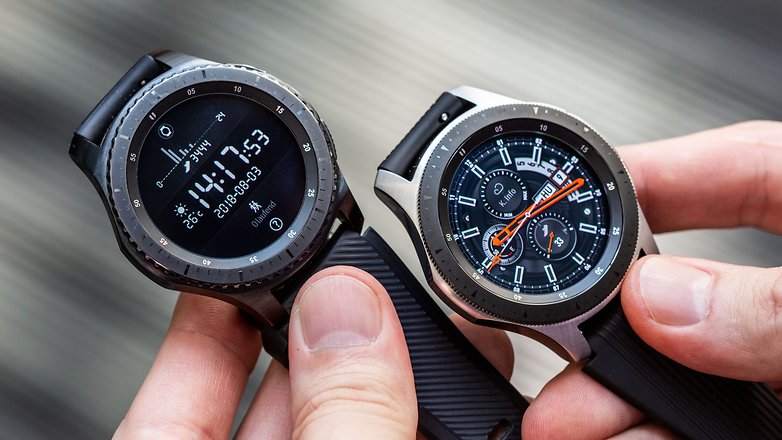
While nearly everything on the watch looks like the Gear S3 Frontier, Samsung has opted for a significantly finer ribbing on the revolving bezel, as seen on the Gear S3 Classic. The bezel is slightly tighter than its predecessor and should be inadvertently operated less often. There are four LEDs on the underside now to illuminate the skin in order to measure the pulse.
However, like its predecessor, the Galaxy Watch still feels too clumsy. Sure there's room for many sensors and a big battery, but with the watch around your wrist you can't even button your shirt sleeves properly. In the end, however, this is all just a matter of taste.
New bezel for better navigation
In our test, this new bezel has ensured that the menu items could be controlled more precisely and that the bezel was rarely operated accidentally.
Apart from the size, there is no noticeable difference in terms of design between the two versions of the Galaxy Watch. Both behave like a modern sports chronometers and are protected against water and dust according to IP68 certification, MIL-STD-810G and up to 5 atm.
A sharp display that's always readable
There is also very little innovation in the display compared to its predecessor. Samsung remains true to itself, at least with the 46mm model of the Galaxy Watch, and has gone with a 1.3-inch large screen. The resolution remains at 360 x 360 pixels per inch. On the smaller Galaxy Watch, the display comes in at 1.2 inches.
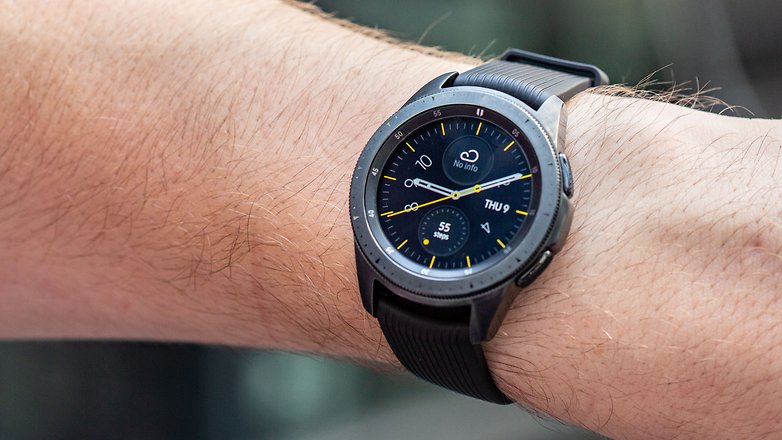
The brightness of the Super AMOLED display was impressive across the board . Even in direct sunlight, the screen remains easily readable. In addition, the ambient light sensor placed under the display automatically adjusts the brightness to the external conditions.
The automation also includes what's called the outdoor mode, which turns the brightness as high up as possible, so that the contents can still be easily read even in direct sunlight. In our test, however, this was a bit exaggerated over and over again and even turned up the brightness in indirect sunlight.
Tizen OS improved in all the right places
Samsung paid a lot of attention to software on the new Galaxy Watch. Contrary to what has been rumored, the manufacturer does not rely on Wear OS, despite the name change, but remains true to its own Tizen OS 4.0. The software is compatible with all smartphones running Android 5 Lollipop or later and iOS, with some limitations.
You'll have problems if you don't have a Samsung smartphone
You'll encounter a problem if you try to connect the Galaxy Watch to an Android smartphone other than a Samsung device. First, you'll have to install the Galaxy Wearable app, which acts as a node between the phone and the watch, as well as the Samsung Accessory service and the Galaxy Watch plug-in. If you want to use the watch to its fullest capacities, you should also install Samsung Health.
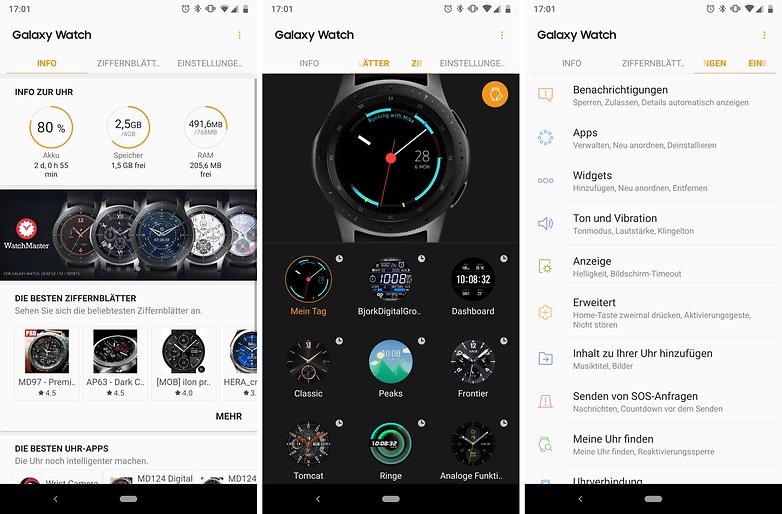
That means you'll have to install four apps, which altogether take up about 500 MB of memory. And you'll experience problems again and again. If, for example, Gmail archives an email, a new notification will be displayed immediately afterwards, but if you don't see it, you won't know what was archived.
New Watchfaces for everyday use
Watchfaces are a great new feature on this device. It displays calendar entries, alarms and appointments are displayed in a circle around the watch face in the form of a colored bar. This makes it easier to keep track of when your next appointment is, since when you glance at your watch you can quickly access information about it.
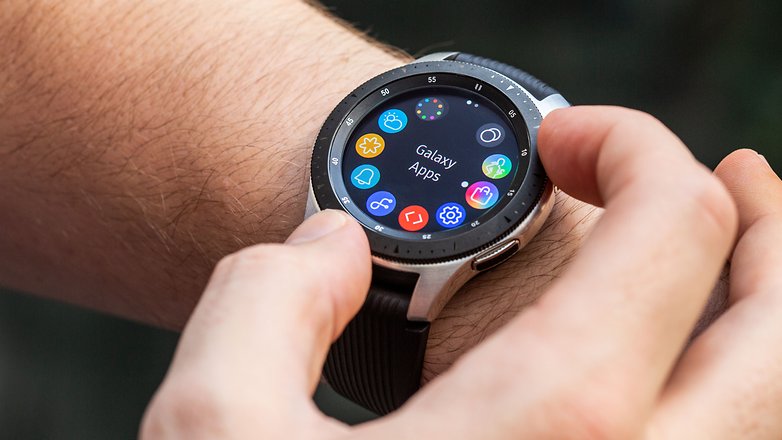
Samsung also included a daily Briefing, which appears on the smartwatch when it detects that the wearer has gotten up or is putting the watch on in the morning. Information such as the date, weather, upcoming appointments, reminders and the expected battery life for the day are displayed. In the evening, the Galaxy Watch will spit out information about your training successes of the day and the weather for tomorrow before going to bed.
Together with Samsung Health, the Galaxy Watch can now automatically detects 39 types of exercise. The watch can also be used to combine several different sports. After your training session, information such as total training time, calorie consumption, pulse, distance covered and average speed is displayed.
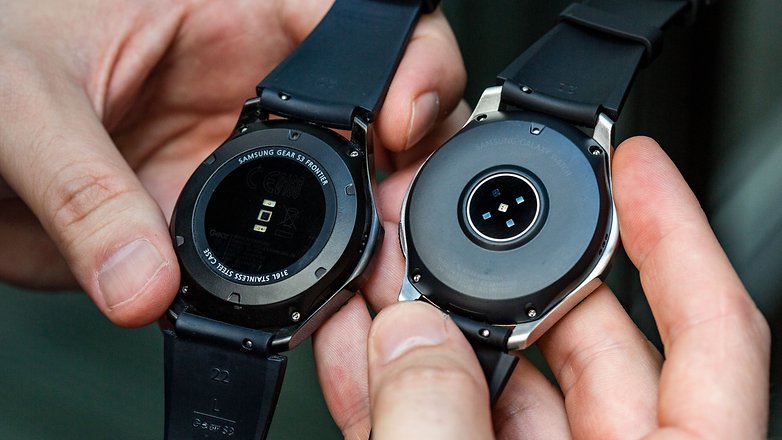
There is now a ‘water stop mode’ for swimming. This prevents the Galaxy Watch from misinterpreting the water flow passing by the watch as an input on the display. In addition, when leaving the water, the watch automatically exits water stop mode and immediately starts to clear openings for the loudspeaker and microphone from water using compressed air. This is acknowledged with a corresponding warning tone.
Speaking of sounds: if you miss the usual ticking of a conventional analogue clock with your smartwatch, you can now make the Galaxy Watch tick like a real watch. A soft ticking sound is output via the loudspeaker - for those who miss the sound of an analog watch.
Peak performance
The Galaxy Watch is powered by the new Exynos 9110 , another dual-core processor that no longer operates at 1 GHz but at 1.15 GHz. Samsung itself announced that the chipset is 35 percent more energy-efficient and powerful than the Exynos 7270 chip in its older watches. At least with the Bluetooth versions, which come with 768 MB of RAM, everything else remains the same. The LTE versions from Samsung come with 1.5 GB of RAM for onboard processing.
However, when we first tested it, we did not see any significant improvement in a direct comparison. But that seems hardly necessary when looking at the Gear S3. At no time has it proved to be too slow, ran smoothly at all times and reacted quickly to input.
The internal memory inside all versions of the Galaxy Watch is 4 GB, which can be used to store music, for example. If you like jogging, you can leave your smartphone at home. Simply connect the watch with Bluetooth 4.2 to a pair of wireless headphones and use it as an MP3 player.
However, after you subtract the space taken up by the operating system and apps, only 1.5 GB remain for free us. But even that was enough for a few songs, but you might not have space for long exercise playlists.
Samsung Galaxy Watch audio
Like the Gear S3, the new Galaxy Watch has a speaker on the left side and an integrated microphone. Through the three openings comes the notification tone, music or also the person on the other end of the line, if you are using the smartwatch to make a telephone call. The LTE versions of the Galaxy Watch, which are equipped with an e-SIM, are particularly suitable for this kind of use calling.
Apart from outputting notification tones, however, the speaker is unlikely to be used for much else. Like its predecessor in our hands-on, the speaker delivers a quite low-quality sound, but this is to be expected given its small size.
A weekend without a power outlet? No problem!
Samsung has given the larger Galaxy Watch a 472 mAh battery - almost 100 mAh larger than the one in the Gear S3. According to the manufacturer, this will give the watch a runtime of up to 168 hours with a continuous Bluetooth connection to a smartphone. The smaller model features a significantly smaller 270 mAh battery. Here, you are looking at a running time of up to 120 hours. The battery is recharged inductively.
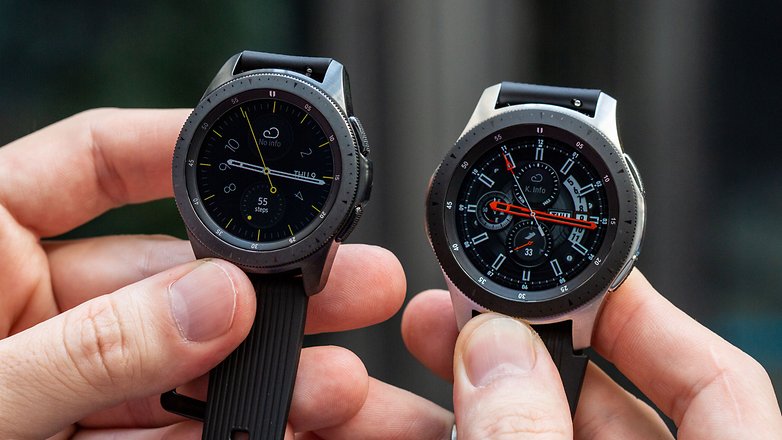
The battery life on the larger Galaxy Watch that we tested was as convincing as its predecessors. We had no problems with the display permanently switched on and were able to manage two days of use without looking for a charger. For example, I found I had a full 62 percent of charge after a full day of use. If you deactivate the display, you can get three or four full days of battery life, depending on whether you check your pulse regularly and use the GPS navigation.
The best Android smartwatch without Android
With the Galaxy Watch, Samsung is probably presenting the best smartwatch for an Android smartphone. And it doesn't run on Android at all. The battery life is very good, Tizen OS is even better adapted to the round design and some new features have been added.
However, there's little incentive for Gear S3 owners to buy the new watch. Externally, the watch doesn't offer any novelties in comparison to its predecessor. If you to want to upgrade, you'll also have to live with the clunky sports chronometer on your wrist.

If you haven't used a smartwatch yet, want to upgrade from an even older model or are looking for a smaller model than the previous devices, you can expect to find a very good smartwatch in the Galaxy Watch, even if the watch lacks a real wow effect and doesn't stand out.
What do you think of the Galaxy Watch? Let us know in the comments!
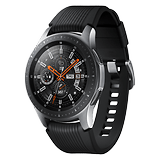






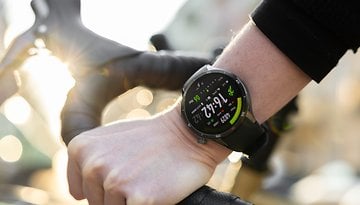

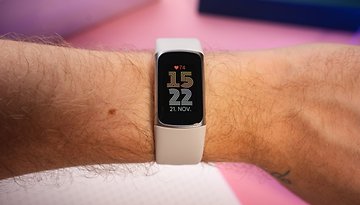

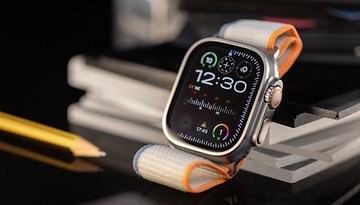









I've owned a Gear S2 model for several years now. My biggest complaint is that I have always worn my watch on my dominant hand, and Samsung does not allow for that in the settings on any of their models. I get a lot of false movement because it is on my dominant hand. Samsung has also not addressed the issue of rotating the watch face for left handed users despite repeated requests.
I thought it was Tizen, not Android.
It probably is the premier Android smart watch. Talk about damning with faint praise....
I've had the S3 Frontier for about 5 months. I don't use S-voice, but it's mostly for notifications, time, heart rate and sleeping. 2 days is pretty easy on the battery. Connected to a Huawei phone, no issues.